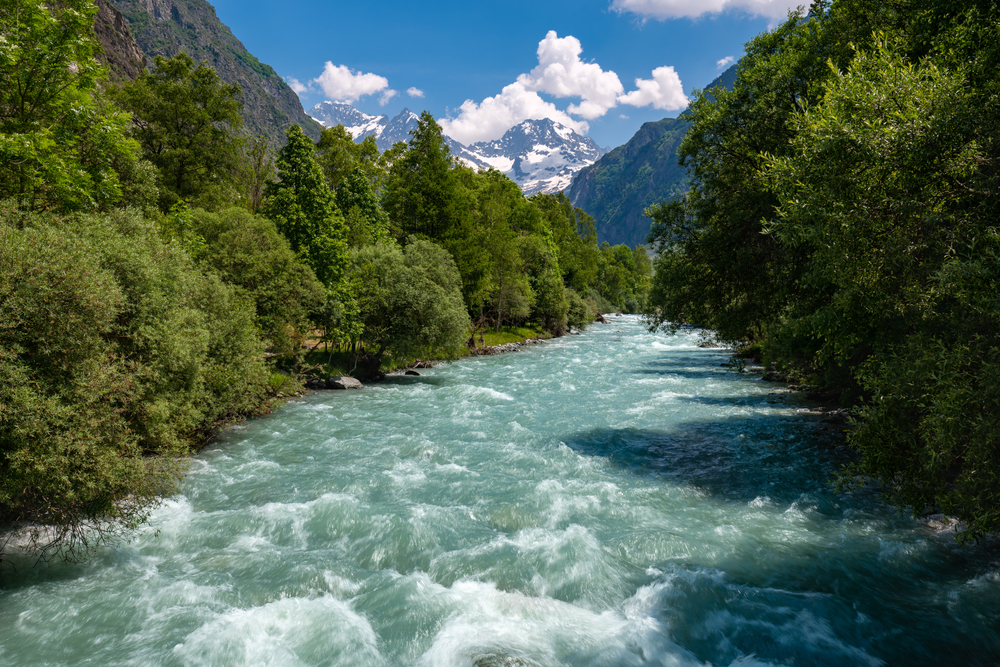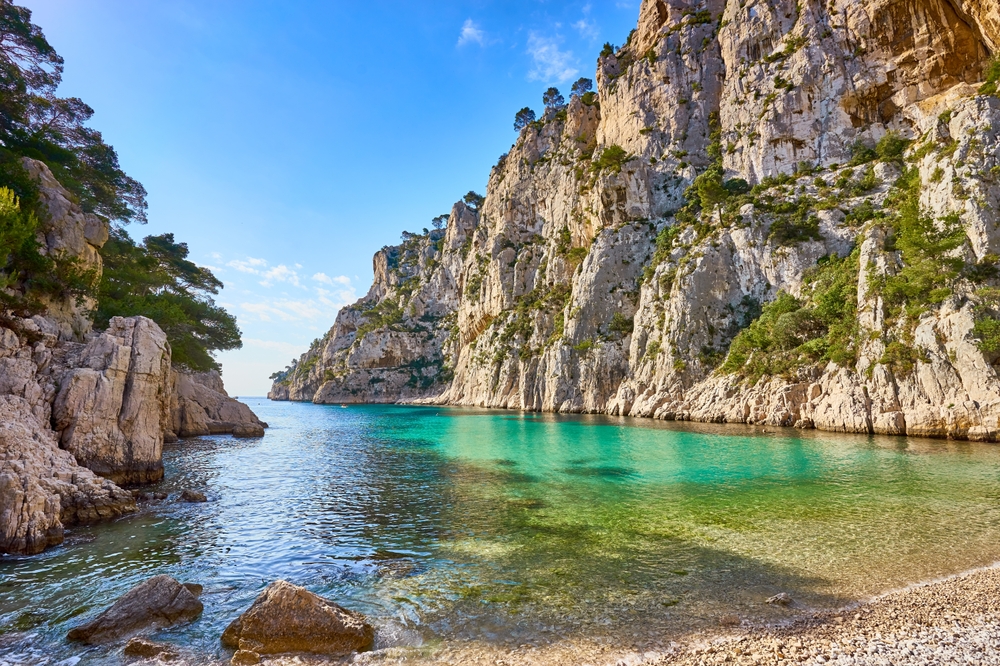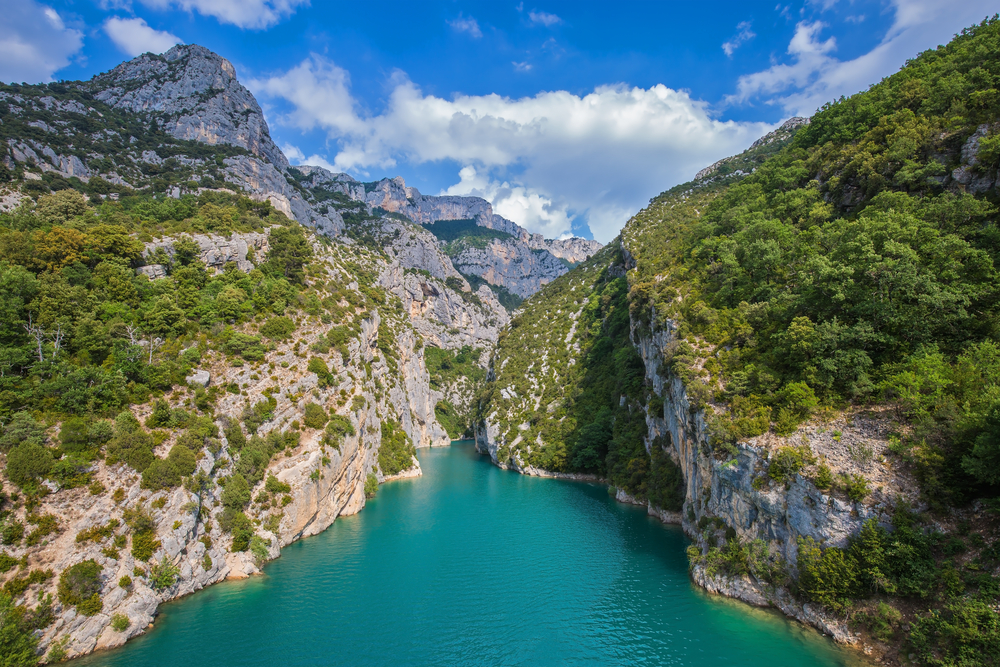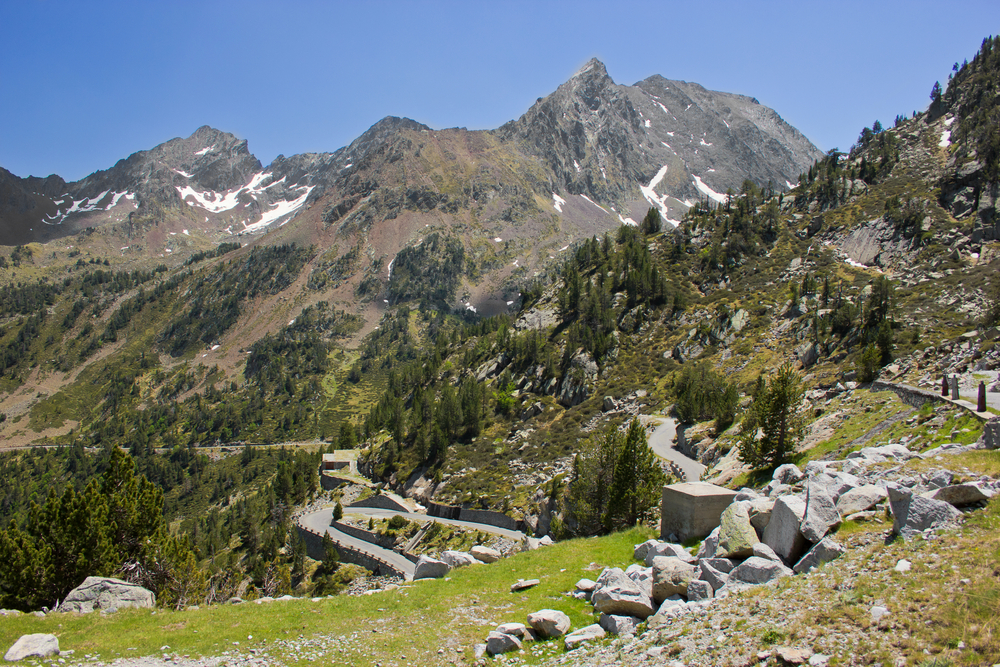Écrins Overview
Écrins National Park, or Parc national des Écrins in French, is a stunning protected area located in the southeastern region of France, straddling the departments of Isère and Hautes-Alpes.
Covering an expansive 354 square miles (918 square kilometers), the park is one of the largest in France and is renowned for its breathtaking alpine landscapes, rugged peaks, and diverse ecosystems. Nestled within the Dauphiné Alps, the park is characterized by dramatic mountain scenery, including towering summits such as La Meije at 3,983 meters (13,067 feet) and the Barre des Écrins, which rises to 4,102 meters (13,458 feet), making it the highest peak in the range.
Deep glacial valleys cut through the terrain, creating a mix of rocky slopes, alpine meadows, and fast-flowing rivers. Numerous glaciers, such as the Glacier Blanc and Glacier de la Pilatte, shape the landscape, feeding pristine mountain lakes and waterfalls. The park’s valleys, including Vallouise and Valgaudemar, offer a stunning contrast between lush greenery and stark, snow-capped peaks.
The vegetation in Écrins National Park varies dramatically with elevation, ranging from dense forests of larch and pine in the lower altitudes to vast alpine meadows bursting with wildflowers in the summer months.
Vibrant displays of edelweiss, gentians, and alpine asters bring splashes of color to the high-altitude pastures. As the elevation increases, the vegetation becomes sparse, with only hardy mosses and lichens clinging to the rocky cliffs and glacier edges. The park’s flora is well-adapted to extreme conditions, contributing to the overall biodiversity of the region.
Écrins National Park is home to an impressive variety of wildlife, making it a haven for nature enthusiasts and wildlife watchers. One of the most iconic mammals in the park is the Alpine ibex, a sure-footed mountain goat often seen navigating steep cliffs.
Other large mammals include the chamois, red deer, and roe deer, which roam the forests and meadows. The park also provides habitat for smaller mammals such as marmots, which can often be spotted basking in the sun on rocky outcrops, as well as elusive species like the European lynx.
Birdlife in the park is equally rich, with golden eagles soaring above the peaks, while bearded vultures and peregrine falcons patrol the skies. Ptarmigans, nutcrackers, and black woodpeckers add to the diversity, making the park an excellent destination for birdwatchers.
Visitors to Écrins National Park are drawn to its unspoiled beauty and the wide range of outdoor activities available throughout the year. Hiking is one of the most popular ways to explore the park, with a vast network of trails that range from gentle valley walks to challenging high-altitude routes, including sections of the renowned GR54, the Tour of Écrins. Mountaineering and rock climbing are also popular, with routes that attract both beginners and experienced climbers.
In winter, the park becomes a wonderland for snowshoers and backcountry skiers, offering breathtaking landscapes blanketed in snow. Cycling and mountain biking provide additional ways to experience the park’s varied terrain, while wildlife observation and photography offer quieter ways to connect with nature.
Conservation efforts within the park have been largely successful in protecting its fragile ecosystems and preserving biodiversity. Strict regulations limit human impact, ensuring that the natural beauty remains intact.
Challenges persist, however, including climate change, which threatens the park’s glaciers and affects local wildlife habitats. Sustainable tourism initiatives help balance conservation with visitor access, ensuring that future generations can continue to experience the park’s unparalleled beauty.














































































